Block of Kokkinia
The Block of Kokkinia is another point of Nazi atrocities in Palea Kokkinia district.
Location
Timeline
Modern and Contemporary era (1821 - )
1944 On August 15, the first captives are captured and sent to Haidari. On August 17, the first executions took place at Osias Xenis Square.


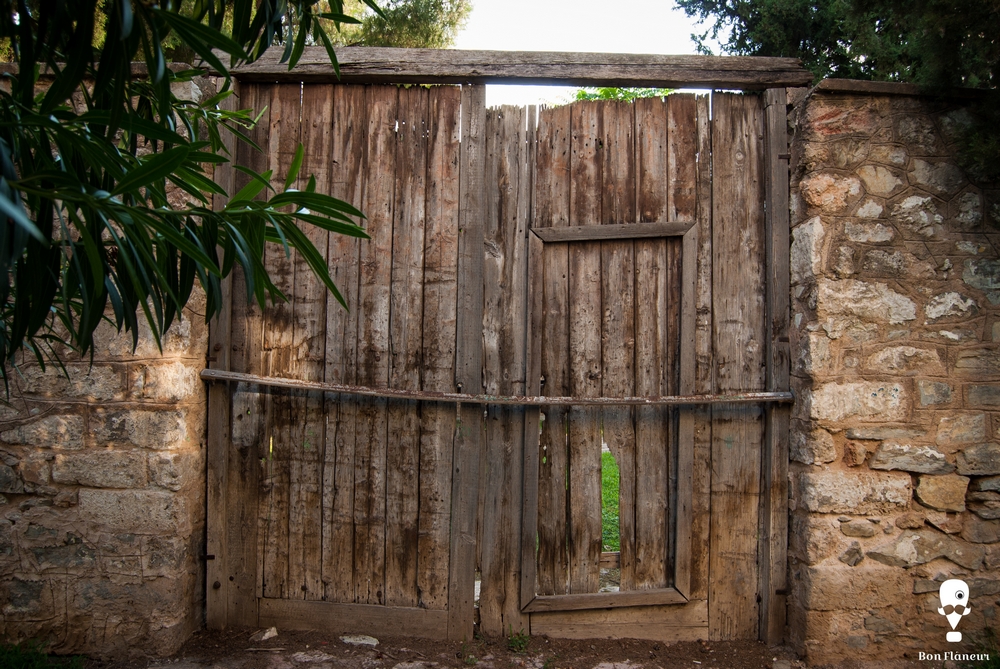
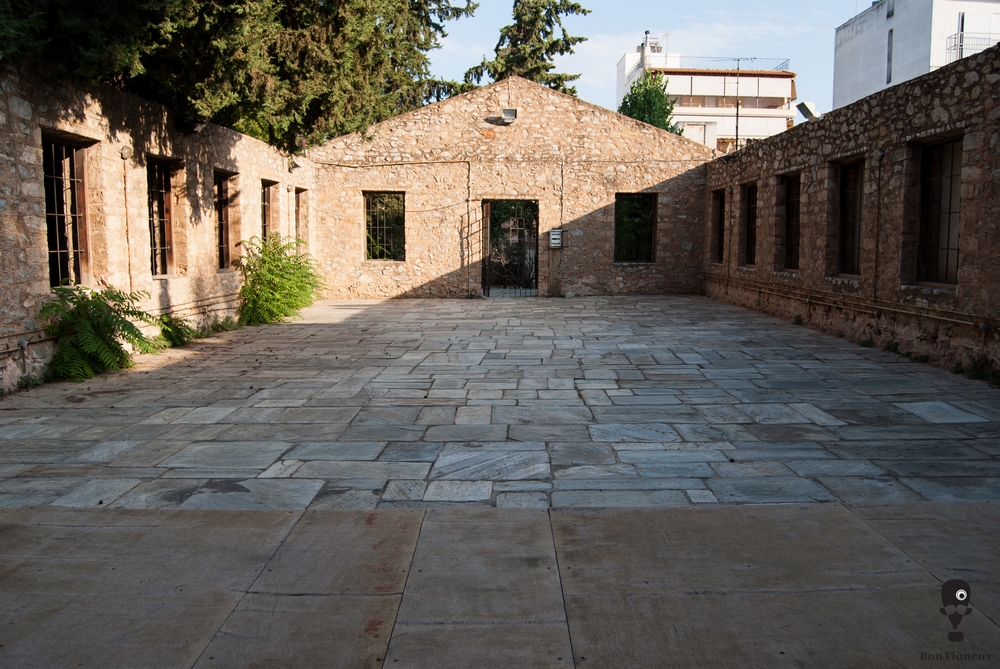
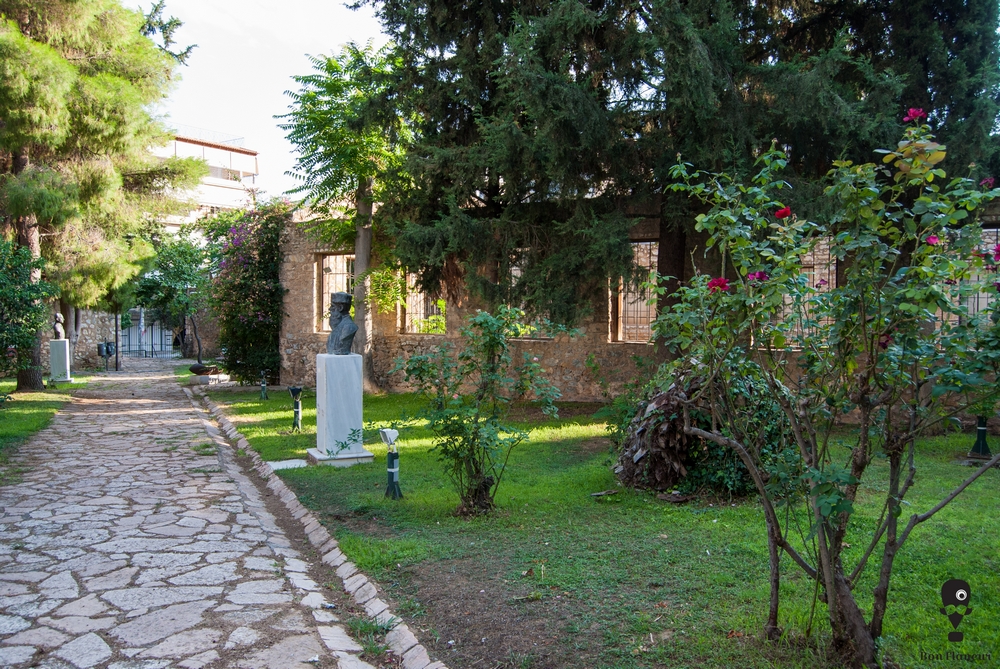
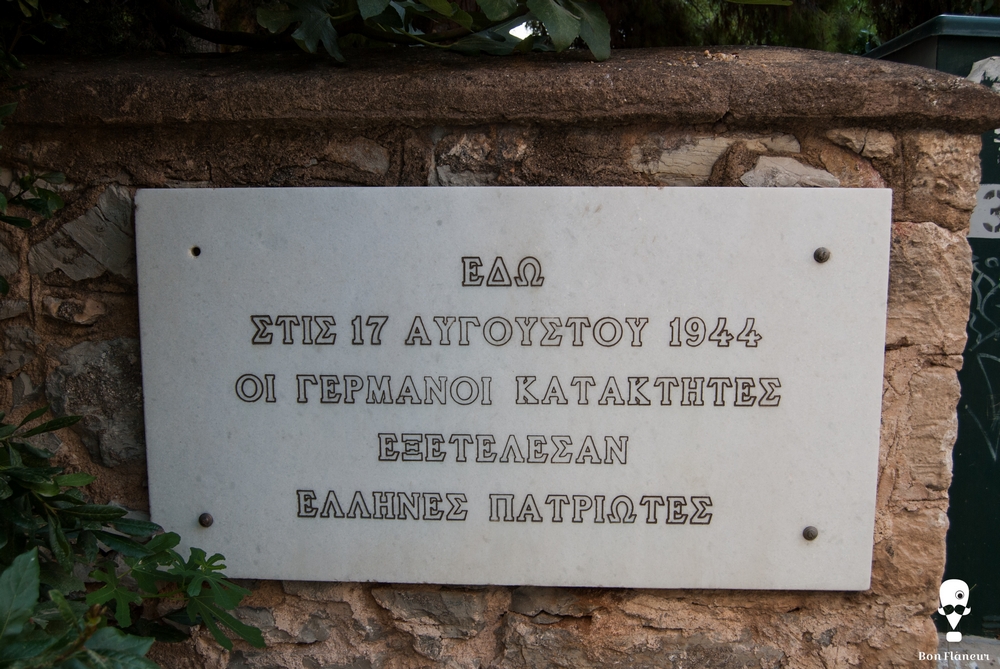
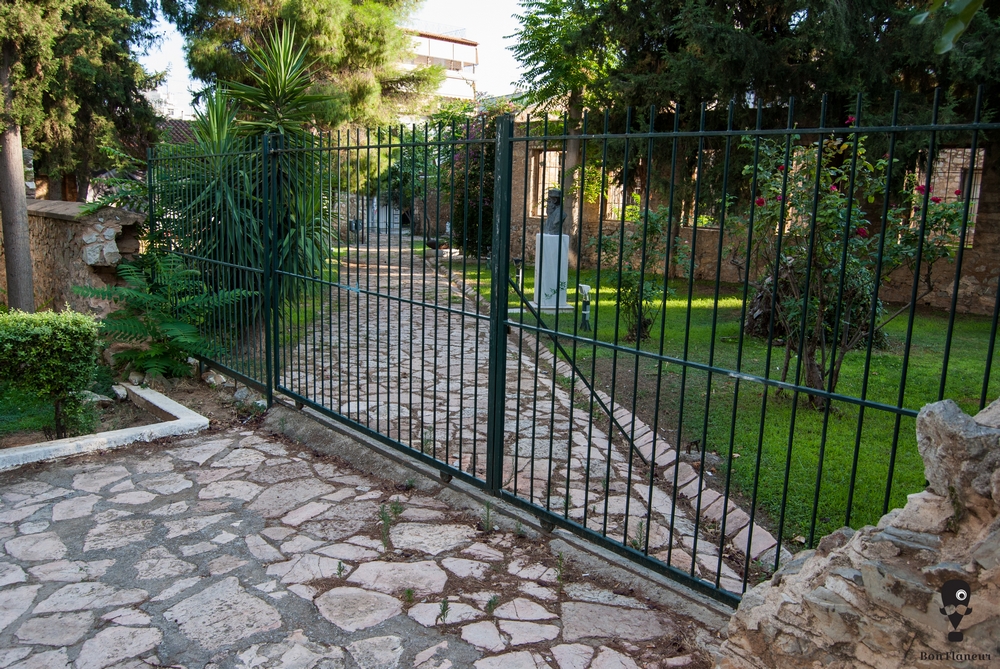

Share